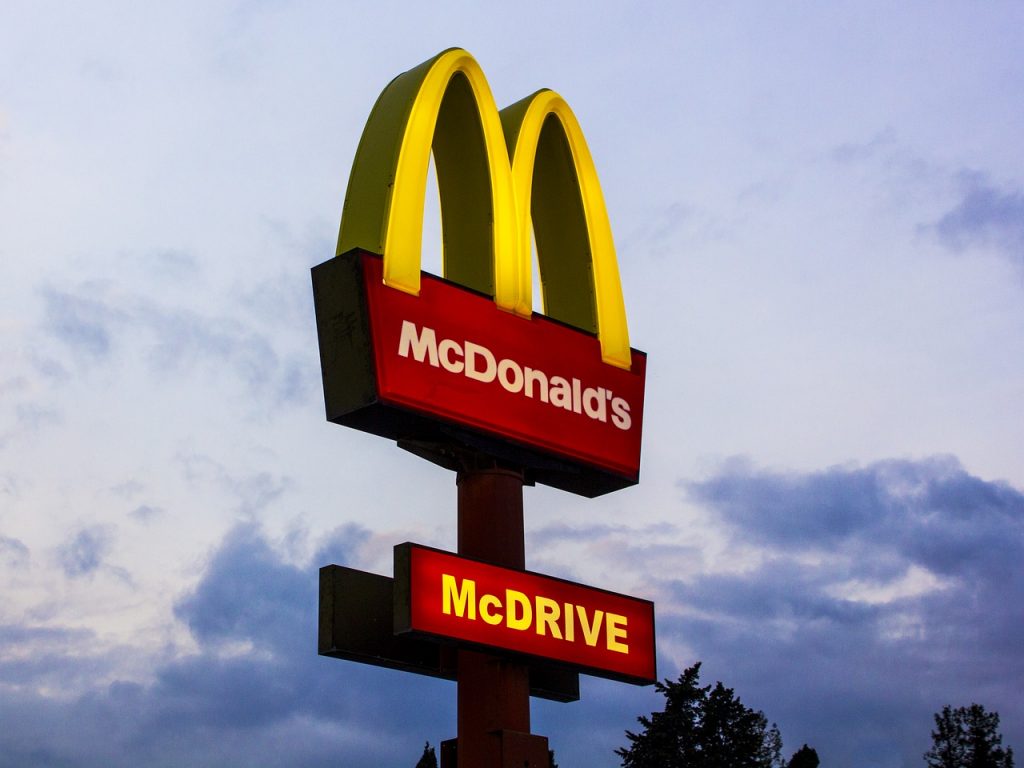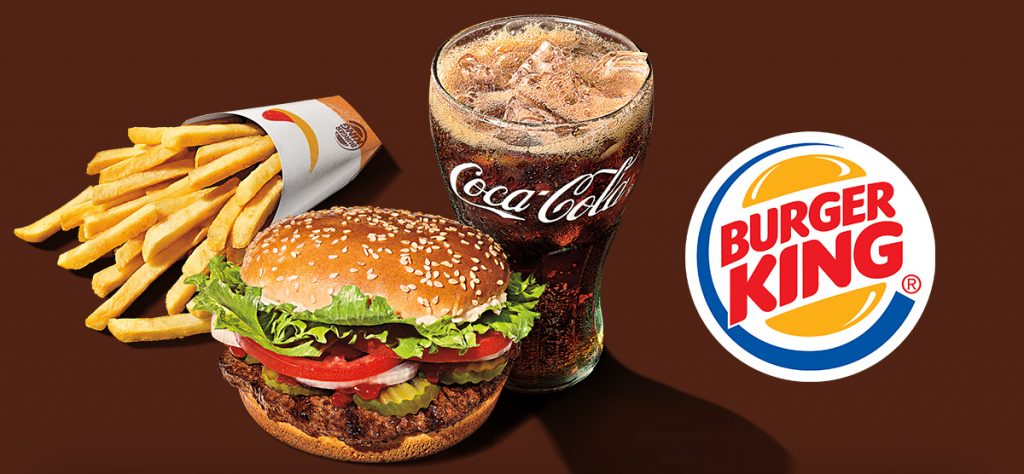Drive-Thru Wait Times Are Breaking Records
Fast-food restaurants are experiencing record breaking slowdown at their drive-thrus.
This article is more than 2 years old

Have you recently gone to your favorite fast food joint to indulge in some delicious take-out only to find the drive-thru line halfway wrapped around the building? Or perhaps there was no line at all but you were still left sitting and waiting for your food for two minutes too long? If so, you are not alone. According to CNN, drive-thru wait times have gotten increasingly longer, and for the fast-food industry what that equates to is a problem in need of fixing.
A study conducted by SeeLevelHX this past summer that involved 1,500 fast-food restaurants from 10 different popular chains and spanned from July 5 to August 6, revealed that on average drive-thru speeds have slowed by 26-seconds compared to the year prior. Taken out of context, 26-seconds seems utterly inconsequential. However, the fast-food industry prides itself on speed, and because of that, a societal expectation is set. So, even seemingly small lapses in quick service can be considered monumental failures when measured against fast-food industry standards. Amanda Topper, a research director at the research firm Mintel, said that “Mere seconds can be a make-it or break-it in terms of where a consumer decides to order from.”
Additionally, drive-thru use at fast-food restaurants saw a 10% increase between 2020 and 2021. Data has shown that in 2020 about 42% of customers chose to use the drive-thru. In 2021 that number rose to 52%. Fast-food industries have appreciated the growth and want to retain it, which makes the slowdown in drive-thru timeliness an all the more pertinent problem to rectify for the industry as a whole.

Fortunately, fast-food restaurants have not had to dig too deep to find the root of the problem. It might not come as a surprise to most, given that the United States is in the midst of a Great Resignation, but drive-thru speeds have largely experienced rampant slowdown because of labor shortages. David Henkes, senior principal at Technomic asserted that “Labor is at the heart of a lot of the big challenges that … restaurants are facing right now.” Workers have been leaving their jobs in droves for months in search of better pay, better working conditions, and an overall better quality of life. The food and service industry has been one of the hardest hit by the mass exodus.
While the obvious solution might be to attempt to hire more workers to fill the staffing gaps- many restaurants are following that route- some restaurants are looking to more unconventional solutions in order to rectify their drive-thru and staffing woes. McDonald’s has partnered with IBM to develop an AI capable of managing their drive-thrus. Similarly, White Castle has developed a fry-making robot called Flippy so that Flippy can focus on the fries while their employees dedicate their attention to servicing the customers at its drive-thrus and other areas of the restaurant. KFC and Papa Johns also have plans to integrate more tech into their business models by introducing tech-based grab-and-go options. What all of these industry evolutions serve to show are that the pandemic has had the effect of reshaping industries and has forced many to reevaluate their outdated business models, robots as drive-thru attendants are just one example. In a sense, the one good thing the pandemic has served to do is to force businesses to catch up with the modern age.



